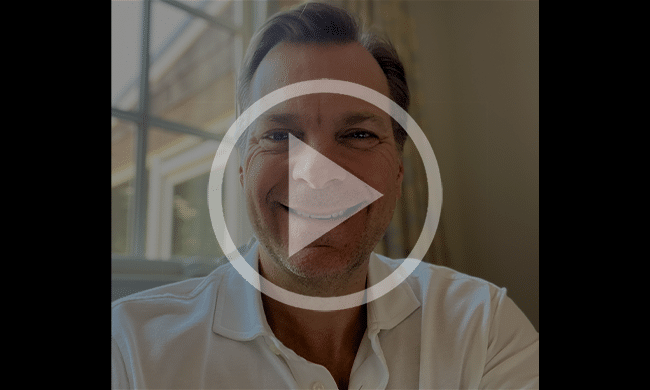You Didn’t Come This Far to Play It Safe (#250)

The Confident Leader
BOOST YOUR LEADERSHIP IN UNCERTAIN TIMES
Your business is booming. Your peers look up to you. Your team trusts you. But you’re playing it safe.
In a recent coaching session with a highly successful CEO, he admitted, “I’ve got everything I used to dream of. And I’m terrified of losing it. It’s paralyzing me.”
“Courage is not the absence of fear. It is acting in spite of it.”
— Mark Twain
This Week’s Edition
Fear of failure isn’t only for beginners. At times, it appears after you’ve succeeded—and it can be equally debilitating.
Clarify Your Thinking
This week’s conversation with an elite leader hit me.
He stated, “I used to lead with boldness. But now…I hesitate. I have more to lose. And that’s changed me.”
If you’ve ever felt this way, you’re not alone. Welcome to the club.
There’s a strange tension that emerges after success. It’s subtle, internal, and yet very real.
- You second-guess ideas that used to propelled you into action.
- You over-analyze moves that used to feel instinctual.
- You focus more on guarding what you’ve built than growing what’s next.
Here’s the issue: success isn’t secure when fear dictates the path.
I’ve seen leaders of large companies spiral into a scarcity mindset—not due to circumstances, but because of their own mental default: “Don’t blow it or else…”
A McKinsey study found that 62% of executives admit that the fear of losing success prevents them from taking the necessary risks required to maintain that success.
That kind of internal caution seems wise—but often results in stagnation, second-guessing, and stress.
Fear-based leadership fails to safeguard your legacy; instead, it weakens it.
Old Thinking
I’ve worked too hard to lose this. I can’t afford to make a mistake now.
New Thinking
I didn’t build all of this only to live in a cage of fear. The same boldness that got me here still lives in me—and I can trust it.

Thoughts Lead to Actions
If Bold leadership doesn’t end when you reach the top; it may actually be more necessary when you’re leading from that position. However, it becomes more nuanced, more internal, and more mental.
Let’s discuss the mental game.
If your dominant emotion is fear, name it. Call it out. Don’t let it run the show.
Was there a pivotal moment in your leadership that pushed you more toward a scarcity mindset or heightened your aversion to risk?
- A massive failure?
- A team member’s betrayal?
- An existential threat to the business?
You’re not crazy for being cautious. However, that wound isn’t your wisdom—it’s simply part of the story.
Here’s what leadership can look like now:
1. Discover your thinking.
Fear lurks in the gray. Name it. Write it down. Speak it out loud. When you bring the fear to light, you strip it of its power.
2. Rewrite the story.
You’re not the same leader you were when you started. You’ve gained wisdom, instincts, and experience. Reflect on the leadership lessons learned and recognize the strengths you have. Define your identity as an elite leader.
3. Aligned risk.
You don’t have to swing for the fences recklessly. You can take meaningful risks that align with the organization’s core values, purpose, and vision. Clarity and boldness equal momentum.
- You’re not in a bunker.
- You’re not out of plays.
- This isn’t a season to protect the lead—it’s time to run the next bold play.
The world requires your leadership, not merely your survival.
Boost Your Performance

What’s Your Opinion?
What fear is influencing your decisions right now? Share it with me at robin.pou@robinpou.com.
If you are going to be a leader, you might as well be a good one. Don’t let doubt count you out. Have a confident week!

Robin Pou, Chief Advisor and Strategist
We live to make bad leadership extinct so forward this newsletter to others who strive to be confident leaders.
SUBSCRIBE TO THE CONFIDENT LEADER
Let’s Connect
Follow me on Linkedin, Facebook and Twitter.
What is “The Confident Leader”?
During the Covid-19 Pandemic, I began a video series called “Panic or Plan?” It was designed to equip leaders to navigate the doubt they experienced and to rise in the confidence they needed to lead during turbulent times. It took off. I then started this newsletter to equip leaders in the same fashion each week for the doubt that crashes across the bow of their leaderSHIP.

